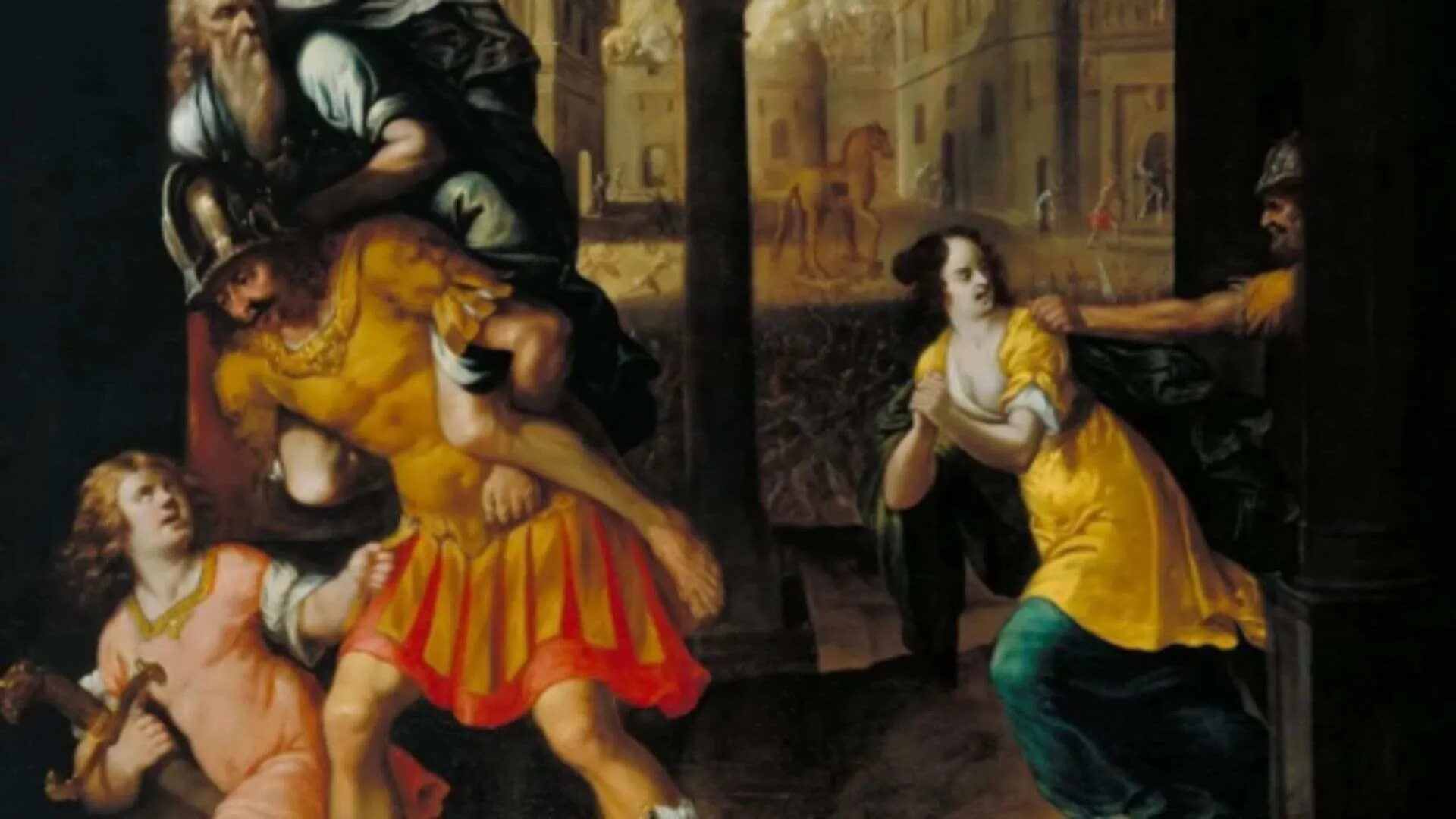A painting dating back centuries, seized from Belgian art collector Samuel Hartveld in World War II, will be returned to his descendants. Henry Gibbs’ Aeneas and His Family Fleeing Burning Troy (1654) was on view more than 30 years at London’s Tate Gallery before it was determined that it belonged to them, the New York Post said.
The United Kingdom’s Spoliation Advisory Panel, which examines looted artworks, ruled that the painting was confiscated by the Nazis as ‘an act of racial persecution’. The ruling by the panel opens the way for the work to be returned to Hartveld’s descendants, a belated restitution and a step toward the continued pursuit of returning Nazi-looted art to its original owners.
A Lost Legacy
Samuel Hartveld, a prominent Belgian art dealer, escaped his country with his wife in 1940 when Nazi troops were closing in. Though he lived through the war, he lost his collection, which was said to have been sold for a fraction of its worth. Art historians estimate that a large proportion of his plundered paintings still lie dispersed throughout museums in Europe.
The painting, which was influenced by Virgil’s Aeneid, was believed to portray Gibbs’ understanding of the English Civil War. It had remained in Tate’s collection since 1994 when it was bought from a Brussels gallery.
The heirs of Hartveld had legally submitted their claim in 2024, which resulted in the painting’s return in the months to come.























